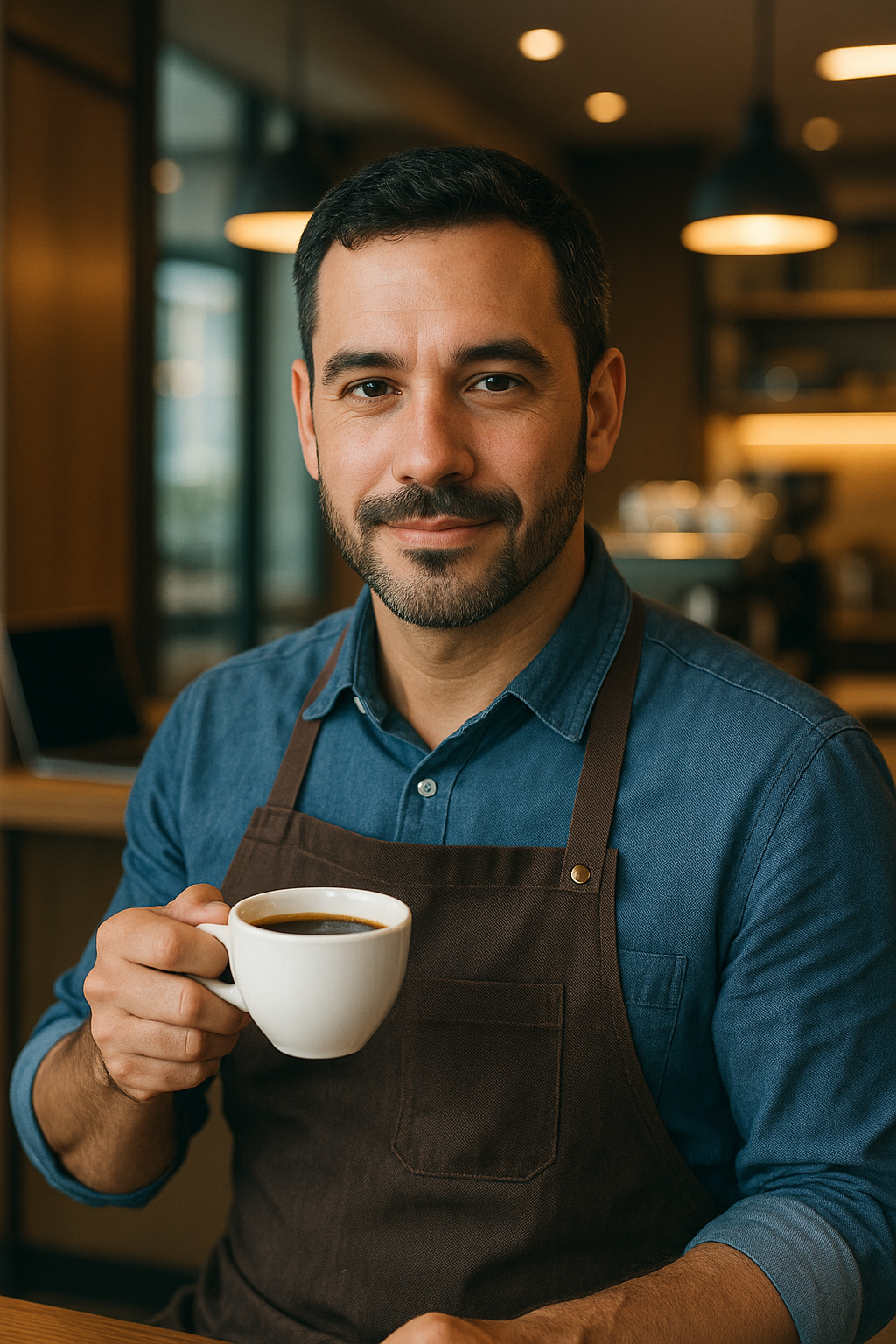Making great coffee at home doesn’t have to be expensive. You don’t need a $2,000 espresso machine or a café-style setup to brew something you genuinely enjoy.
With just a few essential tools, a bit of knowledge, and a smart approach to ingredients, you can consistently make better coffee than most chain cafés—all without breaking the bank.
In this guide, we’ll walk you through how to set up a budget-friendly coffee corner, which tools to prioritize, where you can save money, and how to get the most flavor for the least cost.
Why Brew at Home?
Let’s do the math: if you spend $4 on coffee every day, that’s over $1,400 per year. By investing even a fraction of that into home brewing gear and quality beans, you’ll not only save money—you’ll drink better coffee, too.
Benefits of brewing at home:
- Control over taste and strength
- Freshly brewed every time
- Tailored to your preferences
- Long-term savings
The key? Buy smart. Brew smarter.
The Core Essentials: What You Really Need
Here’s a look at the must-have items for brewing on a budget—and why they matter.
1. Whole Beans ($10–$18 per bag)
Always start with fresh, whole beans. Flavor fades quickly in pre-ground coffee, and mass-market brands are often over-roasted and stale.
Pro tip: Local roasters, online deals, or warehouse clubs often offer better beans for less money than supermarket brands.
2. Manual Burr Grinder ($30–$60)
A burr grinder gives you consistent particle size, which is crucial for even extraction. Blade grinders chop unevenly, resulting in sour and bitter notes.
Recommended budget grinders:
- Timemore Chestnut C2
- Hario Skerton Pro
- JavaPresse Manual Grinder
3. Brewing Device ($15–$40)
Choose one that fits your time, taste, and style:
| Method | Price Range | Best For |
|---|---|---|
| French Press | $15–$30 | Bold, full-bodied coffee |
| Pour-over (V60) | $10–$25 | Clean, aromatic brews |
| AeroPress | $30–$40 | Quick, smooth, versatile coffee |
| Moka Pot | $20–$35 | Strong, espresso-like flavor |
| Drip Machine | $20–$50 | Convenience, larger batches |
For beginners, French Press or AeroPress offers great versatility for low cost.
4. Digital Scale ($10–$25)
Measuring coffee by weight instead of scoops ensures consistency in flavor and strength.
- Look for one with gram accuracy and a tare button.
- Optional timer is a bonus but not essential.
You don’t need to spend more than $15 to get a reliable scale.
5. Basic Kettle ($15–$30)
You don’t need a fancy gooseneck kettle unless you’re doing pour-overs. Any basic electric or stovetop kettle will work.
If you do want a gooseneck for control (especially for pour-overs), budget options like COSORI or Coffee Gator are great starters.
Optional Upgrades (Still Budget-Friendly)
If you have a little more room in your budget, these add convenience and improve your brewing:
- Reusable metal filter (for AeroPress or pour-over)
- Milk frother for lattes and cappuccinos ($15–$20)
- Vacuum-sealed storage container (like Fellow Atmos)
- Coffee journal or app to track your recipes
None are required, but they’re nice-to-haves for less than $30.
Total Budget Setup Examples
Budget Setup: $50–$75
- Manual burr grinder
- French Press or V60
- Digital scale
- Fresh beans
Mid-Range Setup: $100–$150
- Electric burr grinder (e.g., Baratza Encore on sale)
- AeroPress or Chemex
- Gooseneck kettle
- Digital scale
- Airtight storage
Saving on Beans Without Sacrificing Flavor
You don’t have to spend $20 on every bag of beans. Here’s how to save without drinking bad coffee:
Where to buy:
- Local roasters (often have “seconds” or “off-roast” bags at discounts)
- Online subscriptions (Trade, Mistobox, Atlas)
- Big-box stores (look for recent roast dates and small-batch brands)
Tips:
- Stick to medium roasts, which are more forgiving to brew
- Buy smaller bags (250g) to avoid waste
- Avoid heavily flavored coffees—they often cover poor quality beans
Making the Most of What You Already Have
Even if you’re using basic gear, small changes in technique make a big difference.
Get more from your setup:
- Use filtered water (cheap Brita pitchers or bottled spring water)
- Grind fresh right before brewing
- Time your brews with a phone stopwatch
- Clean your gear regularly to avoid bitterness from oil build-up
You don’t need new gear—just better habits.
Batch Brewing on a Budget
If you make coffee for two or more people:
- French Press (8-cup) is a great solution
- Moka Pots and drip machines brew multiple cups without extra cost
- Store leftover brew in a thermos to keep it hot without reheating
Avoid single-serve pod machines—they’re costly in the long run and produce more waste.
Brewing Ratios: No Guesswork Needed
Get the basics right and build from there:
- Ratio: 1:15 to 1:17 (coffee to water)
- Example: 20g of coffee → 300–340g of water
- Use your digital scale to stay consistent
The difference between a bitter or perfect cup often comes down to a few grams.
Final Thoughts: Great Coffee Is About Technique, Not Toys
You can absolutely make café-quality coffee at home on a small budget. With fresh beans, a good grinder, the right brew method, and a little practice, you’ll enjoy better flavor, more control, and big long-term savings.
Focus on the essentials, invest gradually if needed, and take pride in the ritual. Brewing your own coffee isn’t just a money-saver—it’s a daily craft worth perfecting.

Marcelo Oliveira is a coffee enthusiast and content creator specializing in barista skills, brewing methods, equipment reviews, coffee-related health insights, and fascinating curiosities from the coffee world. With a deep passion for every step of the brewing process, he turns technical knowledge into accessible and engaging content for both beginners and seasoned coffee lovers. Marcelo’s goal is to help readers appreciate the full experience of coffee—from bean to cup.
